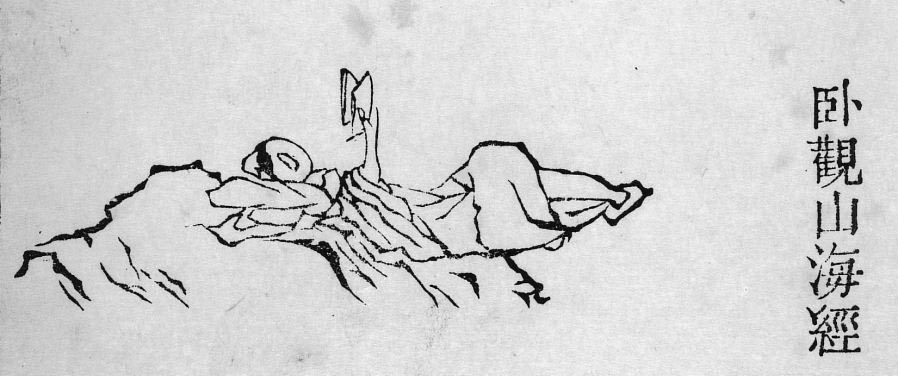The Shanhaijing and Sacred Geography in Ancient China. From Ancient Politics of Territory to Modern Politics of Unesco Protected Sites
How did China view itself and the world in ancient times? How did it define its territory and its relationship with its inhabitants and foreign neighbors? This presentation will use China’s most ancient book on sacred geography, the Shanhaijing, to investigate these questions and its importance for Unesco sites today.
Lunch Lecture by IIAS fellow Lennert Gesterkamp.
Lunch will be provided; registration is required.
The Shanhaijing (Classic of Mountains and Seas) is a book on China’s ancient sacred geography and consists of two sections, one on mountains dealing with the territory of ancient China proper, and one on seas dealing with the lands outside China, which was imagined to be surrounded by seas. The different sections date to different periods, from the fifth to the second centuries BC, with some later additions.
Previous research has mainly focused on verifying its topographical locations (China), or on its many recorded myths and descriptions of weird creatures (West), and scholars therefore usually relate it to the shaman culture of South China (the Chu state). However, I would argue that it should be seen as an equivalent to the Yugong (Tribute of Yu) chapter in the Shujing (Book of Documents), a Confucian classic, dealing with governing the Chinese world, and defining to the central court (the Qin state) the territory and its environs as well as the way to negotiate these relationships in an alternative tribute-system governed by rituals of reciprocal gift-giving, rather than one-sided tribute offerings.
This format and its concept of sacred geography was continued in the sacred geography of Daoism and its holy mountains, grottoes, and rivers, supported by and representing the Chinese central court in imperial times from the Han to the Qing dynasties, almost two thousand years. The Daoist sacred geography forms today the basic layout for official Chinese efforts to enlist these sites as part of Unesco’s world cultural heritage program.
As the oldest and earliest textual representation of the Chinese concept of sacred geography and its long history of using natural landscape sites as markers of territory, culture, and identity, the Shanhaijing, should have an important place in the present-day discussions on cultural heritage sites in China.
Dr Lennert Gesterkamp (IIAS fellow) received his MA in sinology from Leiden University, an MA in Chinese art and archaeology from SOAS, London University, and a PhD in Chinese art history from Leiden University. He consequently completed three postdocs at the Academica Sinica in Taipei, at Zhejiang University in Hangzhou, China, and at Utrecht University, Netherlands. He works on a wide variety of topics such as Chinese temple painting and landscape painting of the Song and Yuan dynasties, Daoist art, East-West cultural exchanges and most recently on Daoist sacred geography. His monograph The Heavenly Court: Daoist Temple Painting in China, 1200-1400 was published by Brill (2011) and he is now preparing a new translation and study of the Shanhaijing.

'Viewing the Classic of Mountains and Seas while lying down.' Woodblock illustration from the Mustard Seed Garden Manual of Painting (Jieziyuan huazhuan, 1679). The Nelson-Atkins Museum of Art, Kansas City, Missouri (Purchase: Nelson Trust).
From: Richard E. Strassberg, A Chinese Bestiary: Strange Creatures from the Guideways through the Mountains and Seas. Berkeley: University of California Press, 2002, p. iv.